Sarfira: Akshay Kumar's Soorarai Pottru Remake Is A Crashing Bore
This is #CriticalMargin, where Ishita Sengupta gets contemplative over new Hindi films and shows
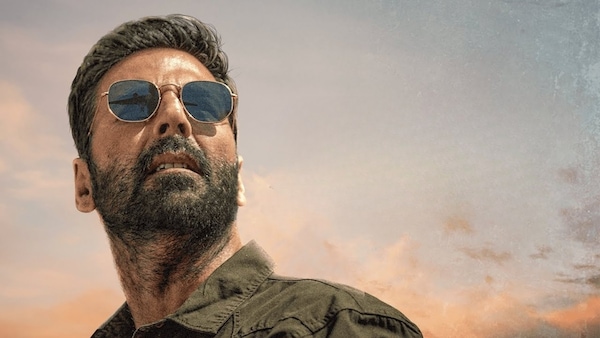
Last Updated: 04.28 PM, Jul 14, 2024
AKSHAY KUMAR IS STRUGGLING. The actor, known for being bankable, has not had a successful film since Rohit Shetty’s pandemic-delayed Sooryavanshi. That was four years ago, and although there was OMG 2 (2023) in the interim, the narrative remains unchanged given that the Amit Rai feature was dually headlined by actor Pankaj Tripathi, who arguably had the meatier role. This is a problem but the bigger issue lies in reckoning with the fact that the joy of watching the actor has diminished. It could be his long, uninspired and self-serious nationalistic stint or the indifference he wears on his face as he goes about the proceedings, but one derives little delight from watching the actor on screen. Nowhere is it more evident than in his latest work, Sarfira.
Sudha Kongara’s Sarfira is the Hindi adaptation of Soorarai Pottru, the hugely successful 2020 Tamil film she directed. Several actors from the original reprise their roles (chief among them being Paresh Rawal and Prakash Belawadi) and the screenplay is almost scene-to-scene identical. Even the flaws are repeated.
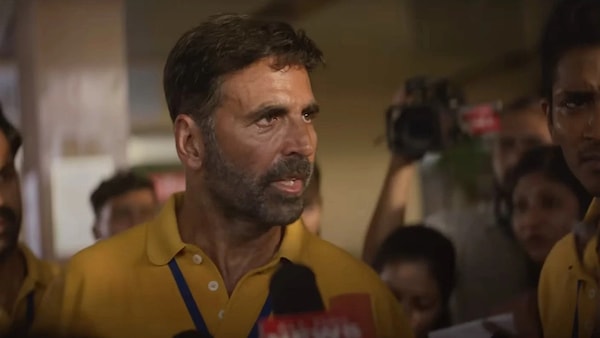
Soorarai Pottru, headlined by Suriya (also one of the producers of Sarfira) is based on Simply Fly: A Deccan Odyssey (2011), a memoir by GR Gopinath, the retired army captain and founder of the now-defunct airline Deccan Air. He revolutionised aviation by reducing the cost of flight tickets, making air travel accessible to the middle class. His is an incredible story that led to a film — but not without the shortcomings associated with such retellings making their way into it. The Suriya-led story, revolving around a man who challenged class and social inequalities, unfolded as a narrow-eyed rendition of only the man himself. Each frame featured him, upholding his disappointment and success while reducing the people he was fighting for to footnotes, prone to tokenistic depictions.

Sarfira replicates this without missing a heartbeat. Vir Mhatre (Kumar) like his counterpart Nedumaaran Rajanga (Suriya), goes through tribulations time and again; each achievement is thwarted by the big conglomerates in the aviation industry (Rawal, portrayed as the stand-in of all evil, looks positively bored for having to do the same thing twice over) and each time he stands right back up. The film is centred on him and is concerned only about him.
But if Soorarai Pottru worked despite the screeching melodrama and one-note storytelling, both raised several notches higher in Sarfira, it is because of the actor standing at its midst. Suriya was immensely watchable as the man fighting against the world, and risked playing a hero who is unlikeable without showiness. Kumar, on the other hand, chooses to be a different kind of a hero.
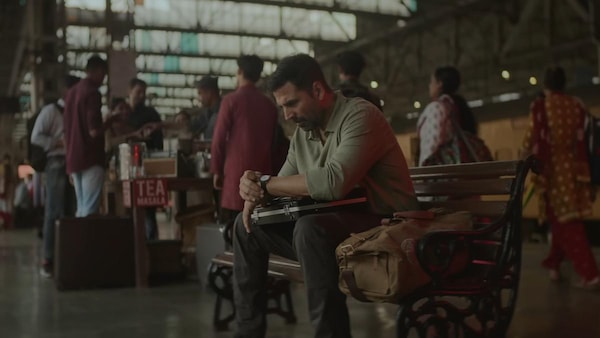
For instance, in scenes where Nedumaaran Rajanga was dismissed by people, Vir Mhatre is outrightly talked down to. While in the air force academy, if Rajanga had the decency to leave the spot after the call to his estranged father got disconnected, since there were other cadres in the queue, Mhatre begs and pleads with his superior to call back again. Not just that, the officer behind him promptly interjects to say Mhatre can use up his time. If Rajanga was caught in his attempt to meet APJ Abdul Kalam, the then President of India, Mhatre enters freely and creates a scene about the lack of opportunities for the common man. If Rajanga’s wife, Sundari (Aparna Balamurali) dared to call him a loser, Mhatre’s wife, Rani (Radhika Madan in the role of a feisty woman…again) does not. These differences are slight but crucial, speaking volumes about the kind of film Sarfira is — the kind where the hero, and everyone around him, is far too aware that he is the hero.
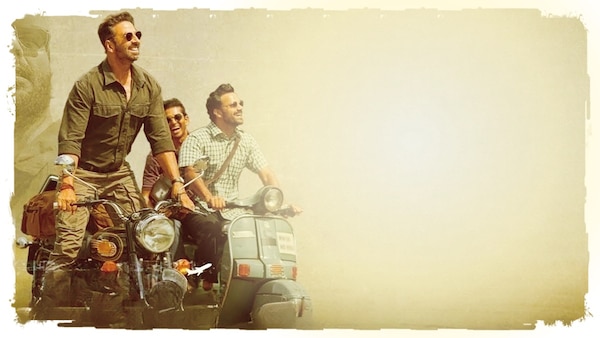
Kumar had done something similar in Selfiee (2023) adapted from the 2019 Malayalam film, Driving Licence, where the character he chose to portray was couched in correctness, incapable of doing any wrong. The actor reiterates it here, milking every scope of melodrama dry. There is also the overt jadedness of seeing the actor in a film where he is the underdog, representative of the middle-class, romancing a woman half his age (Madan is 29 and he is 56), and breaking down at the end on emerging victorious. He has gone through the same arc so many times in the last decade that it is both ineffective and unnecessary. Kumar looks disinterested, puzzlingly refusing to make eye contact with characters he is talking to, and ready to walk into another set where he can start the circle again. He also looks, what I assume to be, confused. With the failure of his nationalistic films on his back, he tries everything this time, even hugging an Abdul chacha, his Muslim neighbour in the film. Akshay Kumar is struggling.
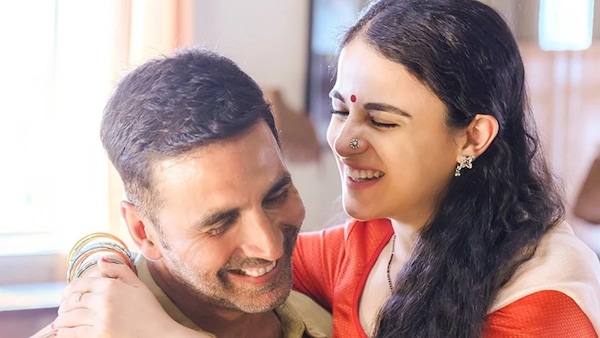
Kumar’s presence is a problem in Sarfira but it is not the only one. The adaptation is too clinical and the change in setting, from Chennai to Mumbai, too on-the-nose. The makers seek to prove that they are informed about the cultural shift — characters freely break into Marathi, vada pav makes an appearance — but shoot the city with unimaginative consistency. All the bureaucratic offices look the same, the bakery Rani runs feels like the first Irani cafe they spotted in South Bombay. Everything in Sarfira seems painfully familiar, like the film itself.
The views expressed in this column are those of the author and do not necessarily reflect the official policy or position of OTTplay. The author is solely responsible for any claims arising out of the content of this column.
